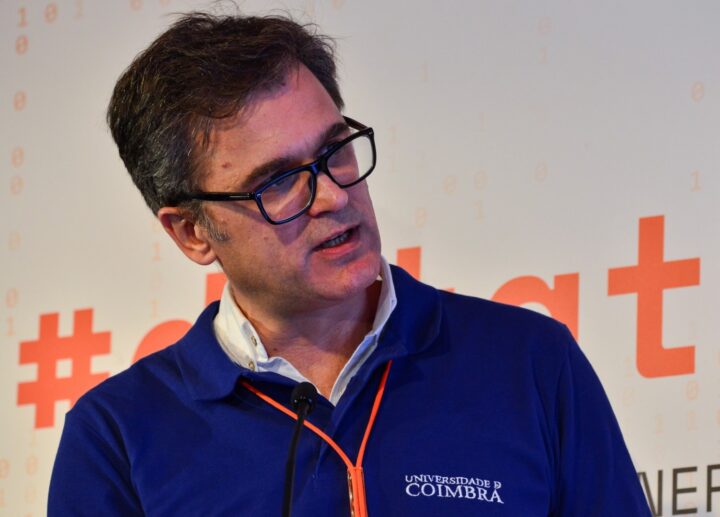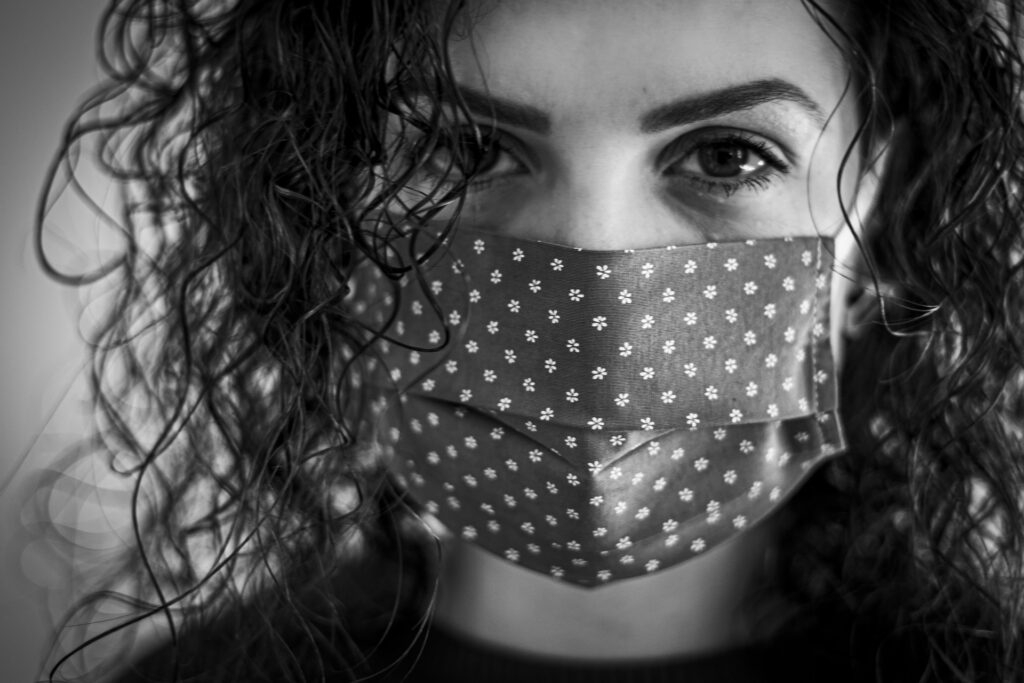A multidisciplinary team from the University of Coimbra (UC) studied and tested three simple and inexpensive ways of decontaminating various types of protective masks against Covid-19, which proved to be practically 100% effective, allowing for several reuse cycles.
The study, coordinated by Marco Reis, professor and researcher at the Department of Chemical Engineering of the Faculty of Science and Technology of the University of Coimbra (FCTUC), covered surgical masks, KN95 and social masks – the most used types of masks.
The objective was to test simple and effective decontamination methods, capable of reaching various sectors of society, especially small and medium-sized companies (SMEs) and the general public, in order to mitigate a complex environmental problem generated by the Covid-19 pandemic .
“General access to respiratory protective devices (RPAs) is an essential element in combating any pandemic crisis. However, their mass use creates an environmental problem, since masks are treated as common garbage - not to mention the frequent existence of APR used on the streets and sidewalks, which in itself constitutes a risk to public health." explains the coordinator of the study, which had the collaboration of the Technological Center of the Textile and Clothing Industries of Portugal (CITEVE).
In addition, he adds, “at pandemic peaks, there may be situations of disruption in access to APR. An effective solution to both problems involves its reuse, in safe conditions».
After analyzing a wide range of existing decontamination protocols, the team decided to focus on three methods: washing with a dilute sodium hypochlorite solution (the common bleach), nebulization with hydrogen peroxide (the so-called hydrogen peroxide) and microwave steam sterilization.
Depending on the context of use, “these methods are easily implemented and do not require large investments. For families, washing with a sodium hypochlorite solution and steam sterilization in a microwave are the solutions with the greatest potential. In fact, steam sterilization bags are already used today, for example, to sterilize baby products», says the researcher.
Hydrogen peroxide nebulization is an equally simple method, but it requires a small investment – the purchase of the nebulizer and a camera. “It is an appropriate system for SMEs or for health centers, fire stations, police stations, municipalities, among others”, illustrates Marco Reis.

In this project, scientists not only evaluated the effectiveness of microbiological decontamination, but also the impact of treatments on filtration efficiency, permeability and structural characteristics of the masks, over 10 cycles of use. To carry out the experiments, the Environmental Microbiology group at the Mechanical Engineering, Materials and Processes Center used bacterial spores as sterilization indicators, which indicate the elimination of all living beings, bacteria and viruses, including SARS-CoV-2.
The results of the study revealed an effectiveness of practically 100% in decontaminating the three types of masks tested. In general, «the treatments applied are highly effective in their decontamination action, and may even reach the level of “sterilization”, that is, a reduction of more than 99,9999% in the number of viable cells. Treatments that did not reach the level of sterilization showed at least an efficacy classified as “disinfection”, corresponding to a reduction of more than 99,9% in the number of viable cells», stresses the FCTUC scientist.
Regarding the filtration efficiency studies carried out at CITEVE, the results indicate that this important feature for the protection of users and third parties «was not significantly affected. There were only a few effects on the permeability of the devices, which, essentially, can interfere with the comfort of use (breathability)».
"The impact of treatments on the physical-chemical characteristics of masks was also scrutinized (at the Research Center of the Department of Chemical Engineering, CIEPQPF), not detecting relevant chemical changes on the mask surfaces, even after 10 treatment cycles", he stresses .
However, the teacher clarifies that only the use of steam generated in microwaves can be applied immediately, «provided that masks with metal components are not put on». For the application of treatments with nebulized hydrogen peroxide and dilute sodium hypochlorite solution, «degassing studies are still necessary to ensure the absence of chemical residues resulting from these treatments», he warns.
The project, entitled “Assessment of the Effectiveness of Decontamination and Safety of Reuse of Respiratory Protection Devices (APR)” was funded by the Foundation for Science and Technology (FCT) under the measure “Research 4 Covid-19”.
In addition to Marco Reis, Paula Morais, Hermínio Sousa, Roberta Lordelo, Rafael Botelho, Rita Branco and Ana Dias participated in the study.
Author: Cristina Pinto – Press Office – University of Coimbra – Science Communication





















Comments